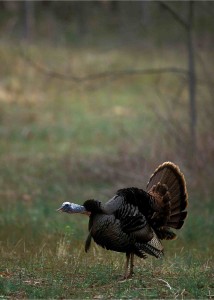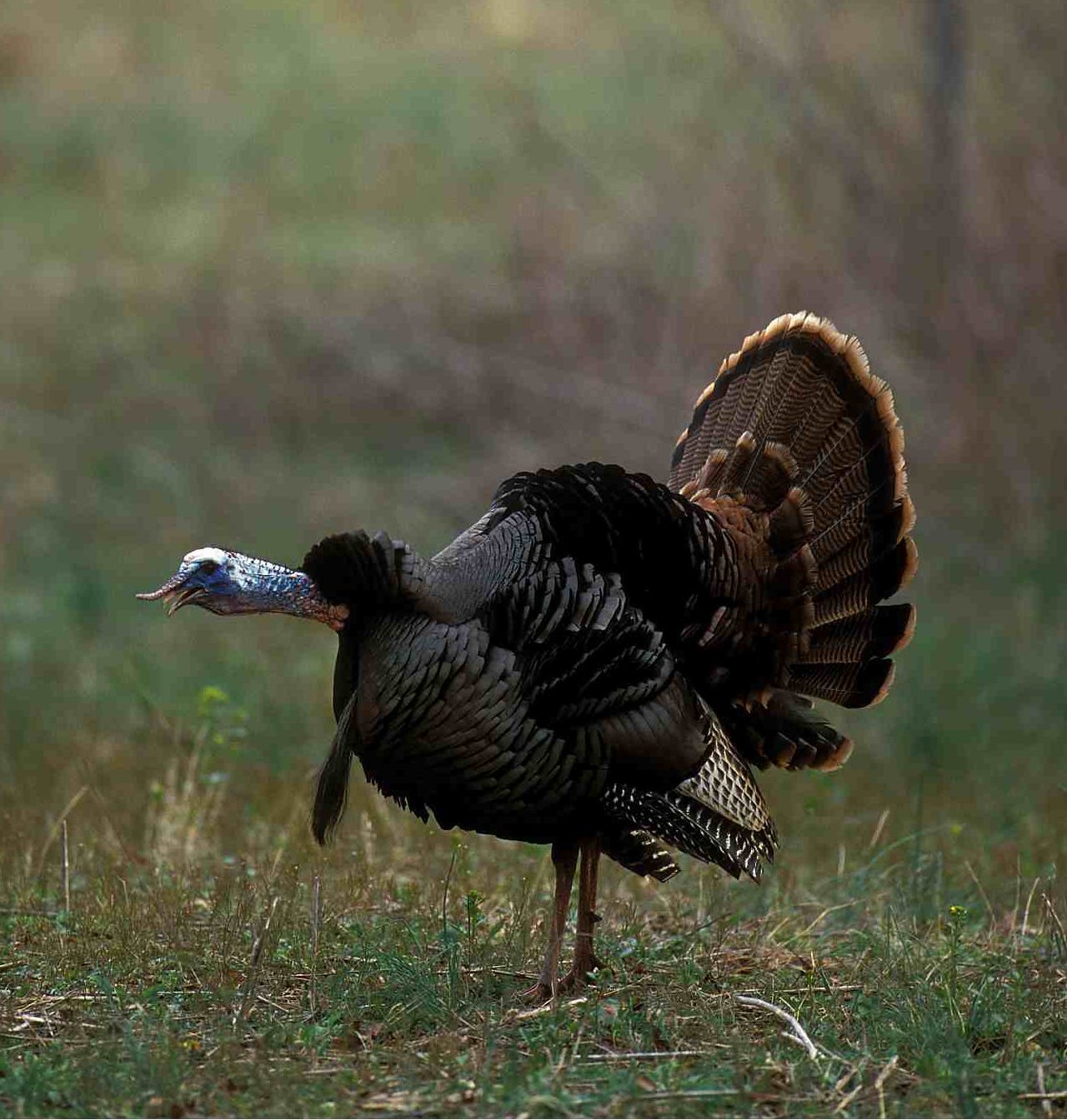It’s always been amazing to me how turkeys respond to a hunter’s call after two or maybe three, or more, have been tried with the hope of getting a response.
By Alan Clemons, Managing Editor
Turkey hunting and deer hunting have several similarities. Hunters have to put themselves in the right place to increase the chance of success, which means doing your homework and scouting. Knowing travel routes of deer and turkeys is a key factor. So is knowing where they want to eat, and what is providing the best opportunity at different times of the season.

For deer, once the acorns start falling the opportunity for a shot may increase if you know the difference between red oak and white oak, when those trees are dropping, and whether deer have preferences for a specific tree (or trees) in an area. Ditto for persimmons or other mast. By late season, the remnants of harvested crops may come into play, as do planted food plots.
For turkeys, knowing the best areas for early- and late-season food sources is a key. Before the spring green-up they may be scruffing around in the woods for food or hitting a clover patch or crop field. Once the vegetation gets going and bugs start coming out, they may shift to more open fields and weedy areas where those insects provide sustenance.
Check Out This Great Deal Now For Top Turkey Hunting Info!
Deer may not be as communicative with hunters as turkeys, or so it seems, and so turkey hunters often have a vest with several calls. Mouth calls, slate or glass and a striker, a box call or maybe two of them. Some old-school hunters may have a wingbone yelper or snuff can, too, along with a crow call or owl hooter. Anything to get the job done.
Years ago I hunted a few seasons with a pal here in Alabama who jangled like the Tin Man from the Wizard of Oz. He was a dang fine caller and hunter but wasn’t content with banging out repetitions on one call if something didn’t work. If the mouth call resulted in silence, he might try one of several he carried, each with a different tone. Slate drew silence? He might switch to glass or a box.
Usually, and he was on the move to different areas when all this was going on, he’d find one that resulted in a reply from a gobbler. Sometimes it was the tone of the call. I think sometimes he just happened to be closer to the gobbler and the call, or calls, finally ticked off the ol’ bird. In any case, it worked.
Spruce Up Your Home Or Camp With This Cool Turkey Rug!
I’ve had a few calls in my vest for years that have been ol’ reliables. One is a cherry wood box call given to me by Paul Butski. Another is a slate from Southland Custom Game Calls, and a third is another homemade slate — smaller and more compact — I picked up at a hardware store in Lynchburg, Tenn., while visiting the Jack Daniel’s distillery. My mouth call is a Primos Double Trouble, a stacked call that I’m comfortable with even though I sound like a hurt dog sometimes trying to yelp with it.
EXPERT VIDEO: Blind Calling To Turkeys
Two recent additions are the Long Spur from Knight & Hale, a mass-production call that I’ve come to like and add to my vest. The other is a Fatal Attraxion glass and walnut call made by Stoney Brock of Florida. Brock started turning calls in 2006 and in short order had hunters clamoring for them because they’re dang good in the woods. It’s also been added to my vest.
Each call has a little different tone, something that hopefully a turkey might hear and decide sounds like he needs to check out. Then, if things go right, he’ll check out for good.
Learn To Call Turkeys With This Six-Pack Download!

